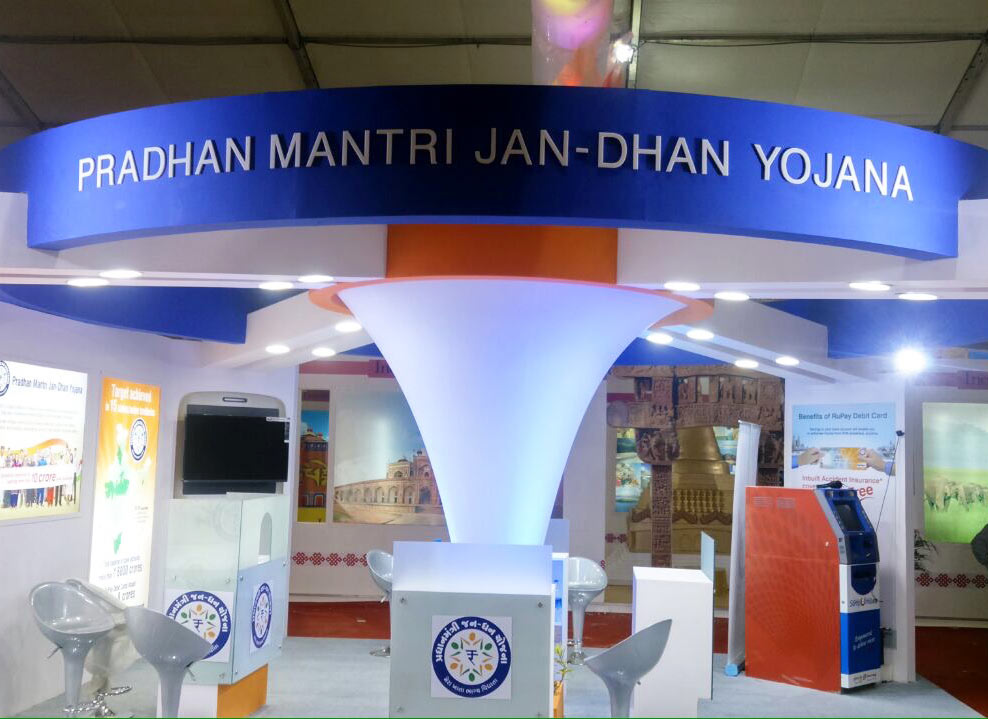The Pradhan Mantri Jan Dhan Yojana (PMJDY) celebrates its 10th anniversary today, marking a significant milestone in India’s financial inclusion narrative.

Launched with the vision of ensuring that every household has access to banking services, PMJDY has transformed the financial landscape of India, bringing millions into the formal banking system.
Let’s look at what Jan Dhan Yojana has accomplished and what challenges lie ahead.
Inclusion
PMJDY has facilitated over 531 million bank accounts, a figure that surpasses the population of the European Union, highlighting its massive outreach. Approximately 55.6% of these accounts belong to women, significantly empowering them financially.
Financial Empowerment
The scheme has provided essential banking services and introduced millions to the benefits of savings, credit, insurance, and pension schemes. The total deposit under these accounts has surged, reflecting a culture of saving among the previously unbanked.
Digital Transactions
With the issuance of over 36 million RuPay cards, PMJDY has played a pivotal role in India’s digital payment revolution. The number of digital transactions has remarkably increased, fostering a cashless economy.
Direct Benefit Transfer (DBT)
PMJDY has been instrumental in efficiently transferring government subsidies directly into the accounts of beneficiaries, reducing leakages and ensuring that benefits reach the intended recipients promptly.
Economic Empowerment
PMJDY has helped reduce poverty by providing access to financial services, enabling access to credit, and spurring entrepreneurship, especially among the marginalized.
Reduction in Exploitative Practices
With formal banking services, there has been a noticeable decline in reliance on informal money lenders, who often charge exorbitant interest rates.
Promotion of Digital Literacy
The scheme has inadvertently pushed for digital literacy, with account holders becoming familiar with digital transactions, preparing them for a future dominated by digital finance.
The Shortcomings of PMJDY
Inactive Accounts
Despite the high number of accounts, a significant portion remains dormant or with zero balance, indicating that while access has been provided, usage remains a challenge.
Financial Literacy
While the scheme has increased access, the level of financial literacy required to fully utilize these services remains below expectations, limiting the benefits to basic transactions.
Rural Infrastructure
The digital divide, particularly in remote rural areas, hampers the full utilization of digital banking services due to poor internet connectivity and infrastructure.
Overdraft Facility
Although an overdraft facility was promised, its implementation has been slow, and many eligible account holders are unaware or unable to avail of it due to stringent eligibility criteria or lack of awareness.
Sustainability
There’s a concern over the sustainability of these accounts, especially if they need to be integrated into regular financial activities beyond government transfers.
Looking Forward
The government’s continued commitment to refining the scheme, coupled with innovative financial inclusion strategies, could further deepen PMJDY’s impact, making it not just a program but a movement towards inclusive growth.